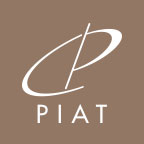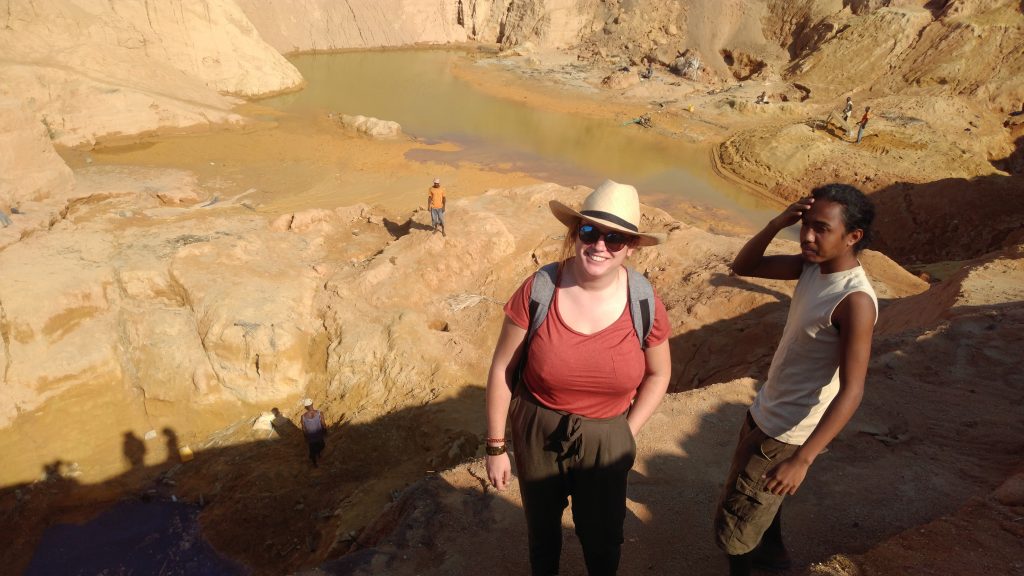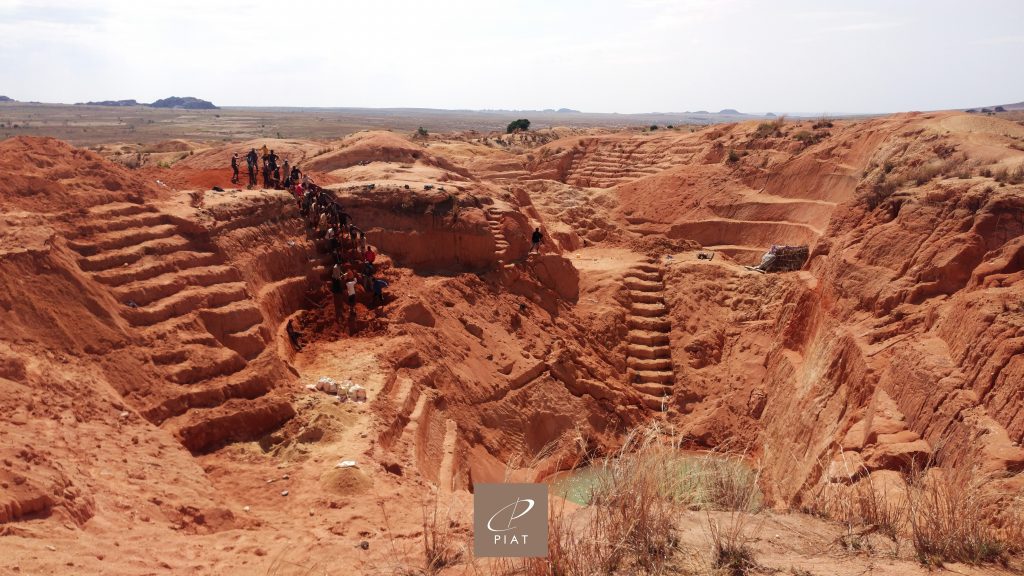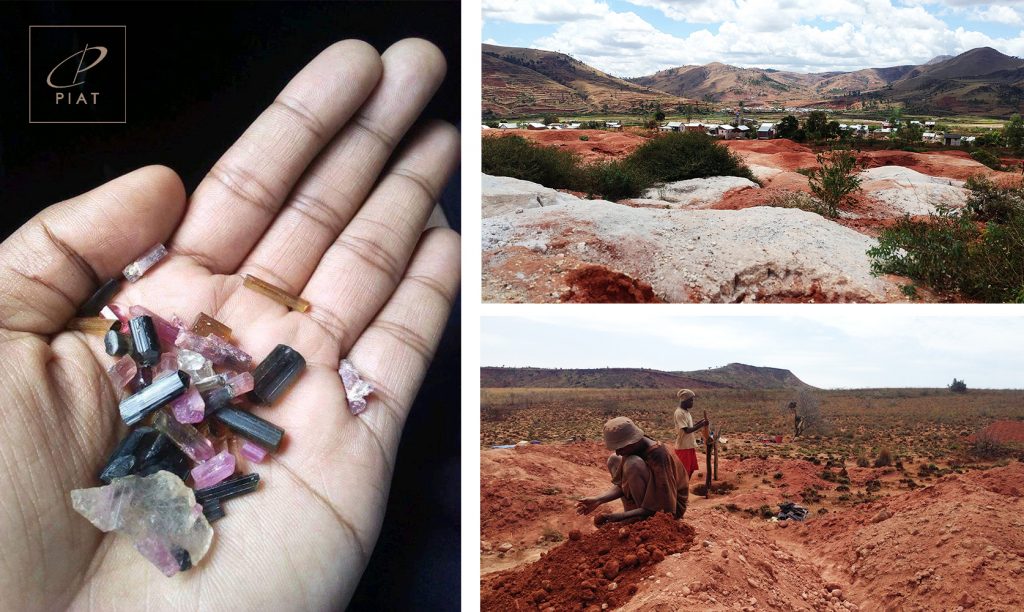Old patches of land that used to be dedicated to dry agriculture are now riddled with holes, 20 meters deep each, and piles and piles of excavated red dust, so the place has an eerie resemblance with pictures of planet Mars. Those holes are linked to one other by underground galleries, dug to follow the veins and allow air to circulate. Farmers dig and then sieve the ground with whatever tool they have at hand. No chemical product is used that could have harmful consequences on humans or the environment. As environmental damage seems minimal, the only negative effect is on the landscape, and that is compensated by a significant rise in household revenues for the local population.
Artisanal mines in Ilakaka are deeper (they can be as deep as 25 meters). The risk of collapsing is very high and makes the work life-threatening. However, young Malagasy men are driven by the fantasy of finding a stone of exceptional size and quality that would make them millionaires. Women and children are forbidden to work in the pits but can help with the sieving of the gravel. “Going down gives hope”, said Aina, one of the young miners, “the hope of becoming rich someday, if I work hard enough”.
There are bigger mines in the vicinity of Ilakaka that we also visited. The pattern is similar there too: a big hole is dug to bring the gravel up to the surface where it can be cleansed and sieved for stones. Once the vein is found, the hole is widened to allow easier access to the gem bearing layer. No chemical product is used either, except petrol for the vehicles. The stones are water cleansed and sorted by density. The miners are contracted to work on a weekly or monthly basis, their salary oscillates between 300 000 and one million ariarys per month (the equivalent of 80-260 euros), depending on the position they hold – the minimum wage is 155 000 ariarys, i.e 40 euros per month – to which bonuses can be added, according to the stones they find. The miners can also depend on a “sponsor”, some investor who provides for the material, accommodation and food but in return demands exclusivity on the stones. Working conditions are safer than on a small-scaled artisanal mines but no miner can ever dream of finding the stone that will make them rich. This type of mining proves more popular among miners who need regular wages to provide for their families.



